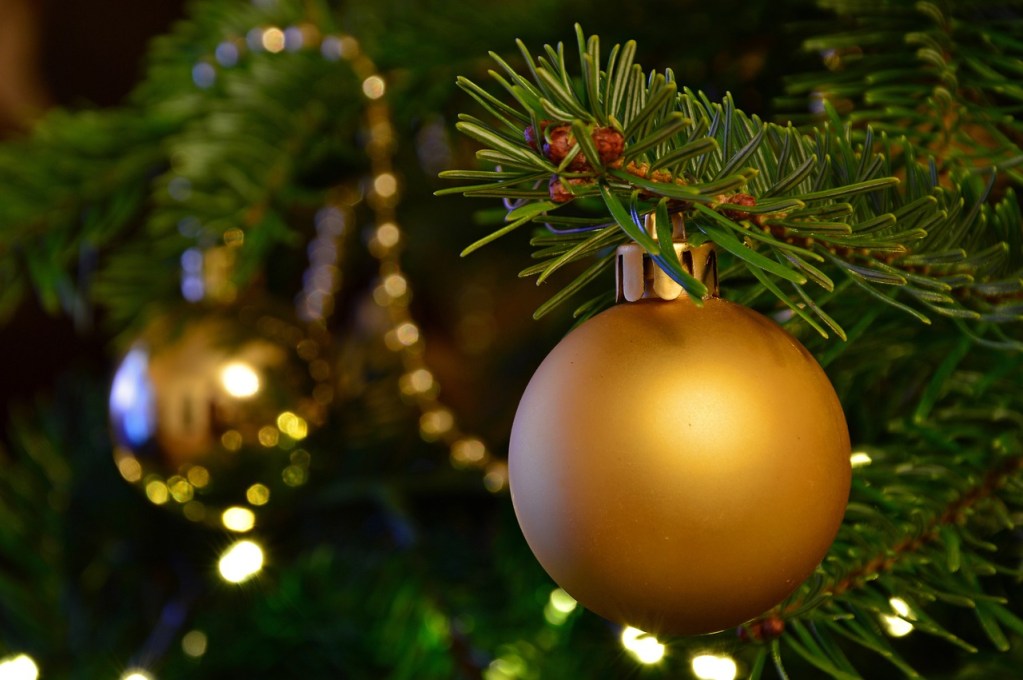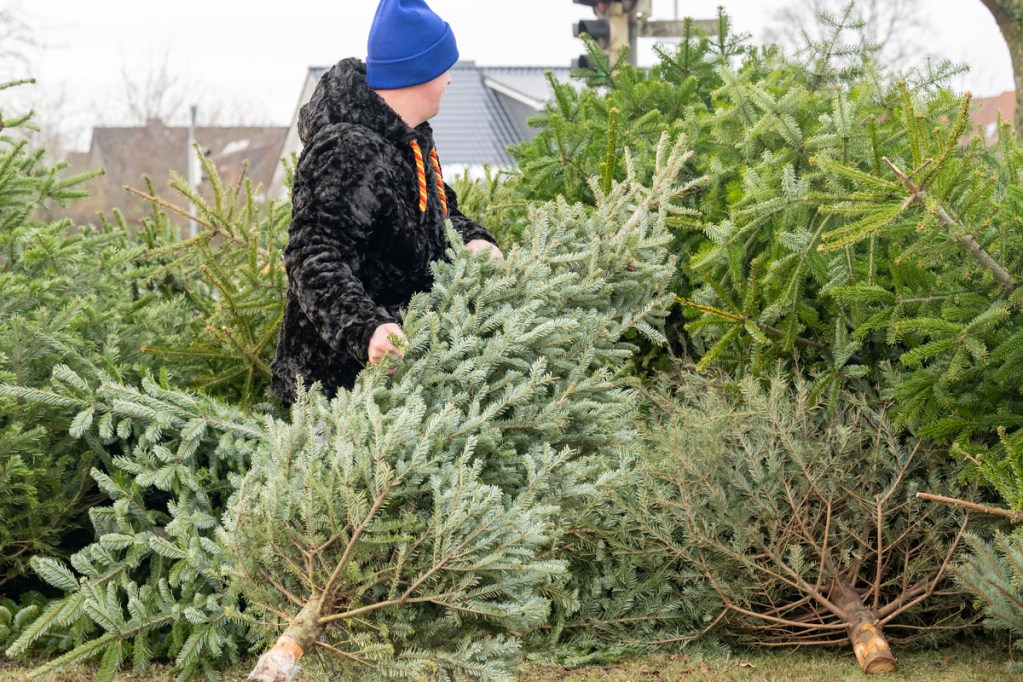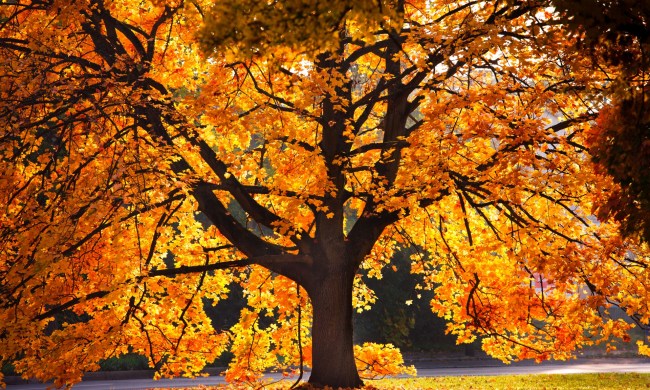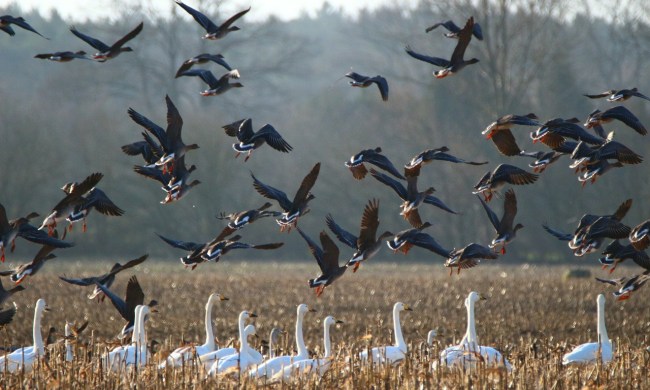Every year around November and December, people begin discussing and thinking about Christmas trees and how they impact the environment. If you’ve been following this discussion through the years, you may have heard several good points. Unfortunately, there also tends to be misinformation in the mix.
So what’s the deal regarding real vs. fake Christmas trees and this hot debate? Which one is actually more eco-friendly? Here, we’ll talk about the effects that fake and real trees have on the environment and which one you should choose based on facts, not trends.
How do fake Christmas trees impact the environment?

At first, it may seem like investing in a fake Christmas tree would be better for the environment in the long run. You’ll buy the tree, pack it up at the end of the season, and reuse it next year and maybe for years to come.
However, 10 million artificial trees are purchased by Americans every season, and most of those trees are imported from China. This means that they increase carbon emissions and use up a lot of resources to get here. Most of these trees are also not recyclable or biodegradable, so they’ll end up in a landfill somewhere where they could take decades to break down.
How do real Christmas trees impact the environment?

Right off the bat, real trees have a lot going for them. Not only are they more appealing with their rich colors, lovely smells, and deep traditional background, but they’re also good for the environment. Real trees release oxygen and absorb carbon dioxide. Even NASA agrees that the best way to fight climate change is to keep planting trees. So even though tree farms eventually cut their trees down, their impact on the environment is a good one. For every tree a farmer cuts down, they plant two to three seedlings. And if people buy more real trees, this will only get better.
Of course, tree farmers use equipment that burns fossil fuels, but this is far less than the enormous ships and factories that create fake trees. Additionally, tree farms are an excellent business for the local economy. They provide jobs for those in the area. The trees are perfect homes for animals while they grow to harvest size.
And it just keeps getting better. Unlike fake trees, real trees are entirely biodegradable and super easy to recycle. They can be turned into lumber, firewood, and mulch — plus, you can even compost them.
Shouldn’t we avoid cutting down trees?

You might be thinking, “that all sounds great, but aren’t we trying to reduce the number of trees we cut down?” And you would be right! Logging and destroying forests have been the main contributors to climate change, but tree farms are not the same thing as logging.
Often, the companies and industries that cut down large forests have no plan to restore the forests or plant more native trees to make up for the ones they cut down. Tree farms, however, use sustainable methods to grow, raise, and harvest their trees. So tree farms are more like corn farms than logging operations.
Does that mean real Christmas trees are good for the environment?

Well, not exactly. real Christmas trees are generally better for the environment than fake ones, but that doesn’t mean they’re good. As mentioned, the farming methods and any transportation needed contribute to pollution. However, this isn’t the main issue when it comes to Christmas trees.
While the trees themselves provide the benefits that all trees provide, the farms themselves do not take the place of real forests and fields. When forests and fields are cleared to make room for Christmas tree farms, the loss of food, shelter, and biodiversity has a negative impact on the environment. Even when they replant additional trees after harvesting trees, that does not replace the other plants that would be growing in the area. It’s important to remember that this isn’t a problem unique to Christmas tree farms — all monoculture farms have this issue to some extent. It’s up to individual farmers and companies to use the most sustainable practices they can.
To lessen the impact your Christmas tree has on the environment, shop at small, local Christmas tree farms. If you can, talk to the farmers about their farm’s sustainability and what they do to improve the environment. Ultimately, remember that while individual responsibility and sustainability is a good thing, the vast majority of pollution comes from large corporations and the best way to fight climate change is to encourage them to adopt eco-friendly methods and policies!
Is there another option?

If you’re feeling overwhelmed that the answer is more complicated than a simple yes or no you might be wondering if there’s another option. The short answer is yes. There are other ways you can decorate your home without the use of a Christmas tree. Maybe you have a houseplant that could be a stand-in! While this isn’t the traditional look many of us are going for, perhaps it’s time to start something new.
However, if the idea of using something other than a Christmas tree doesn’t appeal to you, there are a few companies that will allow you to purchase a Christmas tree in a flower pot. Then, once the holiday has passed, the company will take that tree and plant it in a forest. These operations are few and far between, but if you can find one in your area, it seems like the best option out there. You can also plant a pine tree outdoors and decorate it for Christmas as a living display and let it be a normal tree for the rest of the year.
It might be a more expensive decision, but all the signs point to real trees being better for the environment. So add a bit more to your Christmas budget to splurge on that beautiful tree. Take the whole family and keep a centuries-long tradition alive. You’ll feel better about spending more time with your family and saving the planet all in one go. And let’s not forget the alluring fragrance and aesthetics a real Christmas tree brings to the table.



